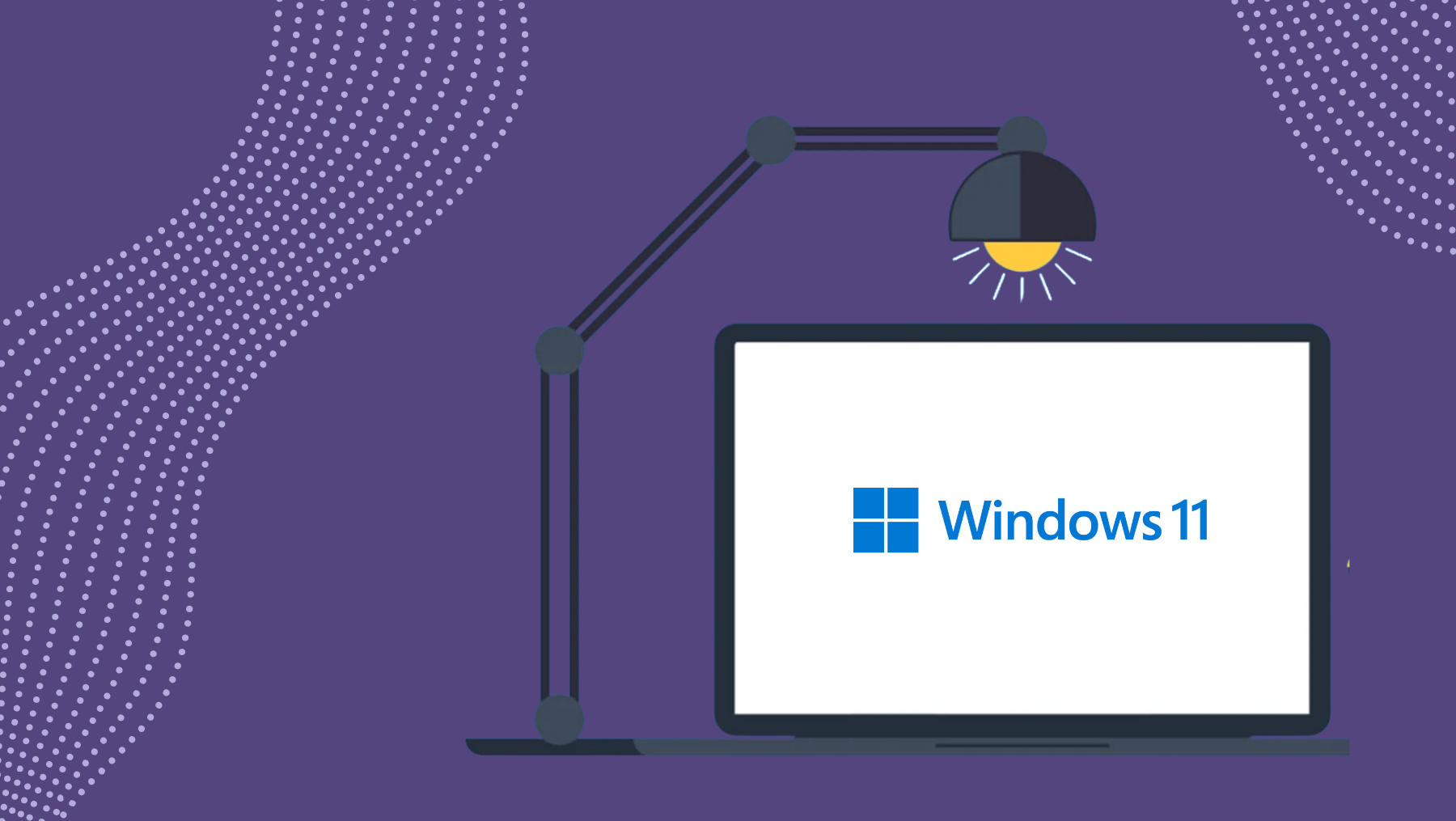In the ever-evolving landscape of telecommunications, change is inevitable. As of September 5th, 2023, BT Openreach initiated a nationwide stop-sell of the Public Switched Telephone Network (PSTN), signalling the beginning of a significant transition towards newer technologies. This move represents a pivotal moment, with the full PSTN switch-off slated for 2025.
READ THE UPDATE TO THE STORY HERE
Understanding the PSTN Switch-off
The stop-sell decree implies that BT Openreach ceased offering new PSTN-based services from September 5th, 2023. While existing legacy PSTN services remain operational until the complete switch-off in 2025, no new services can be acquired, nor can existing ones be modified if they rely on ISDN or PSTN infrastructure.
Embracing Alternative Technologies
Amidst this transition, businesses are increasingly turning to Voice over Internet Protocol (VoIP) technology as a viable alternative. VoIP enables users to make calls and transmit data over the internet, offering a digital solution that ensures continuity and future readiness for enterprises.
Preparing for the PSTN Transition
The decommissioning of PSTN lines represents a monumental technological shift, necessitating careful planning and preparation. Whether you’re a small business or a large enterprise, understanding the implications of the switch-off is paramount.
Read more about the switch-off here
Are UK Businesses Aware and Prepared for the PSTN Switch-Off?
A recent report underscores the varying degrees of awareness and preparedness among different organisations regarding the PSTN switch-off. It identifies gaps and discrepancies and offers evidence-based recommendations for businesses impacted by the transition.
Planning for the Future
The upcoming PSTN switch-off represents a transformative milestone in the telecom industry. By partnering with the right provider and leveraging innovative technologies, businesses can not only weather the transition but also position themselves for success in the digital age.
Making Informed Choices
It’s crucial for businesses to recognise that they have options during the PSTN switch-off. Rather than passively accepting the transition with their existing provider, businesses should explore alternative solutions that may offer greater efficiency and cost-effectiveness.
The PSTN switch-off heralds a new era of telecommunications, one characterised by digital innovation and enhanced connectivity. By embracing change and proactively planning for the future, businesses can ensure continuity and thrive in an increasingly digital landscape.
The unseen side of the internet Most business leaders are familiar with the internet they use every day: websites, emails, social platforms, and cloud
The IT Gap: When “Good Enough” Isn’t Enough Many small and medium-sized businesses rely on traditional IT support to keep things running. It’s a
4th Platform Partners with WatchGuard to Deliver FireCloud: Stronger Security, Less Effort Protect every worker, everywhere 4th Platform has partnered with WatchGuard to bring
The recent cloud outage at AWS, which caused downtime, data unavailability and shaken confidence, is a timely wake-up call for organisations of every size.
In 2025, sustainability is more than a buzzword, for UK organisations, it’s becoming integral to brand reputation, regulation, and cost control. And one of
In just 15 days, Microsoft will begin its formal switch to Windows 11 for eligible devices. Whether you’re managing a team of employees, running
The UK’s traditional phone network, the Public Switched Telephone Network (PSTN Switch-Off), is being retired. By January 2027, it will be permanently switched off.
Ransomware remains the UK’s most serious cyber threat. In July 2025, the Home Office set out proposals to ban ransom payments for public-sector bodies
The UK’s data protection rules are changing again Post-Brexit. With the Data (Use and Access) Act 2025 (DUAA) now law, businesses face new obligations
Why Now? Windows 10 is approaching End of Life Microsoft will retire Windows 10 on 14 October 2025, ending free security and feature updates. The


















